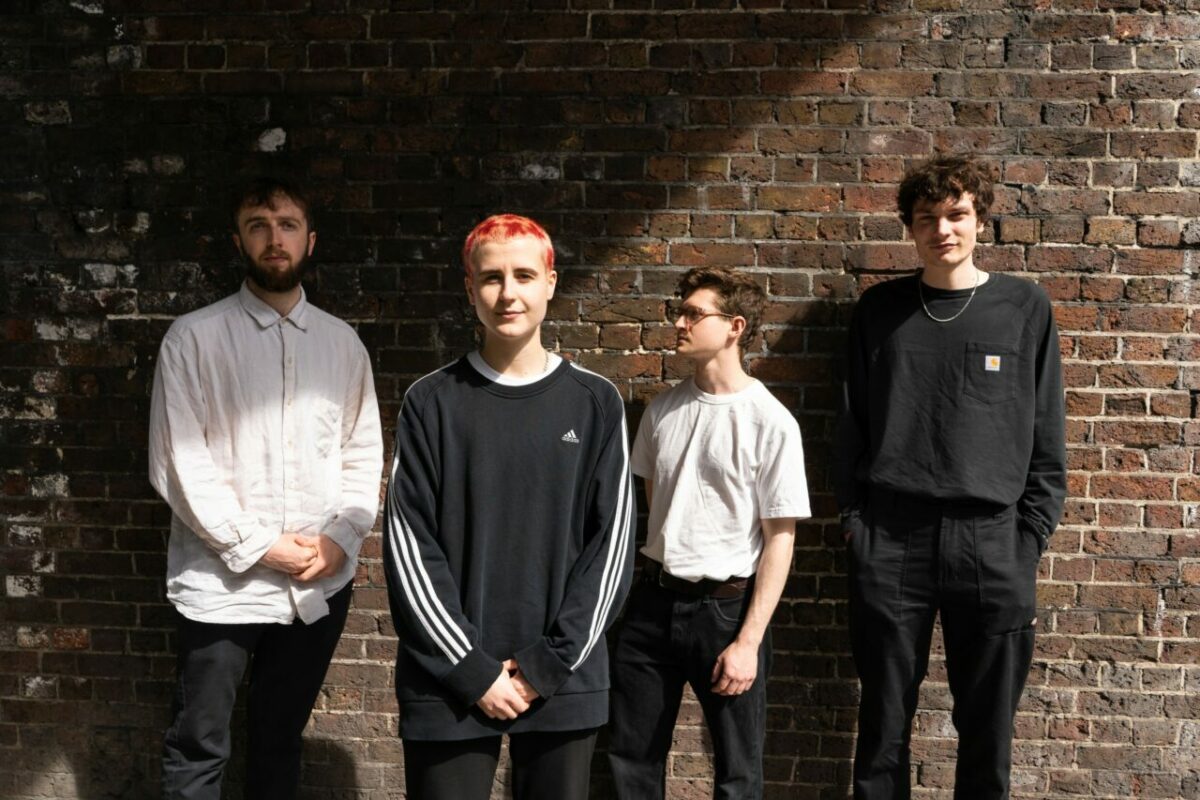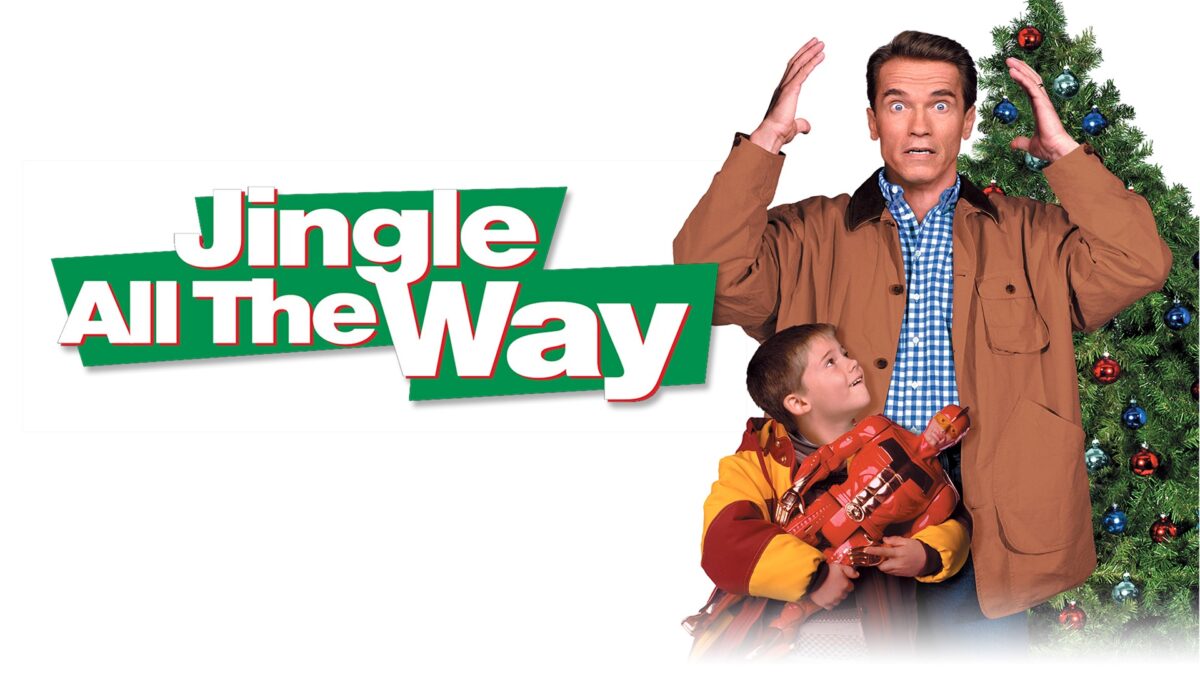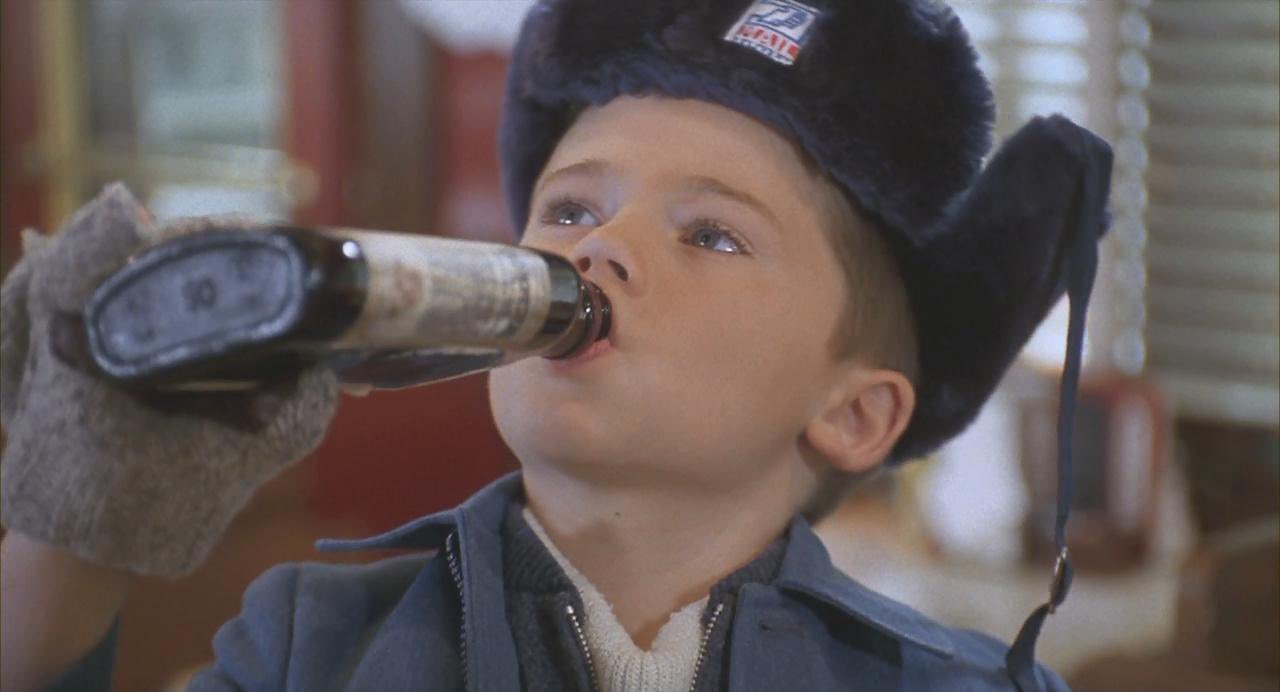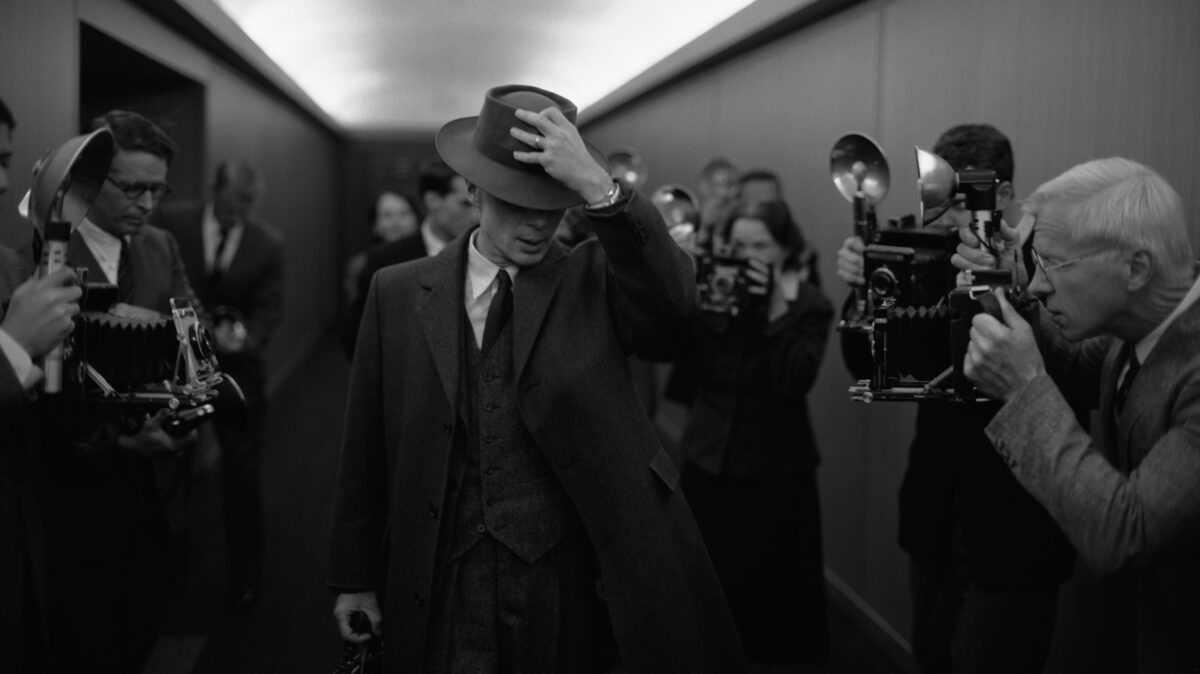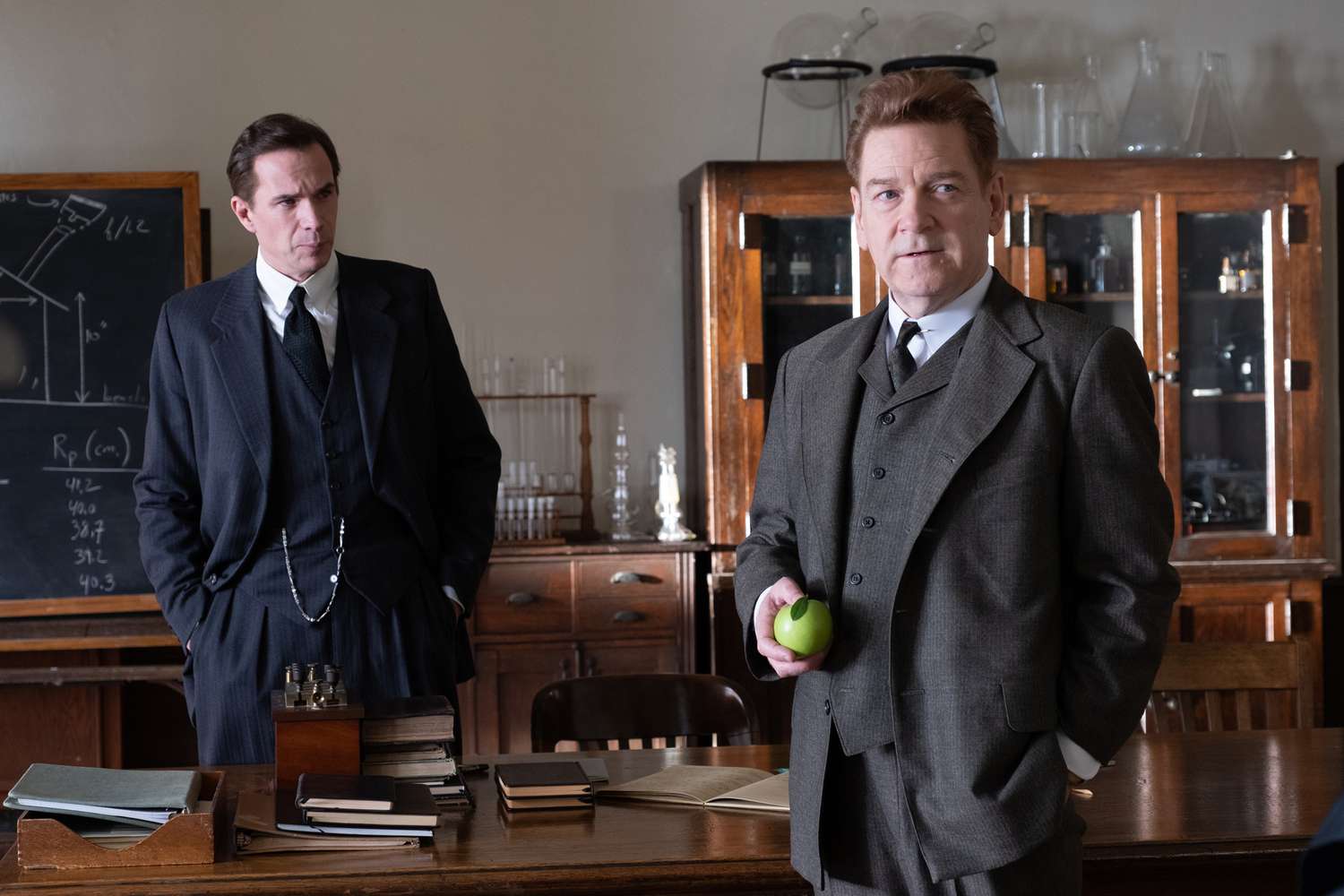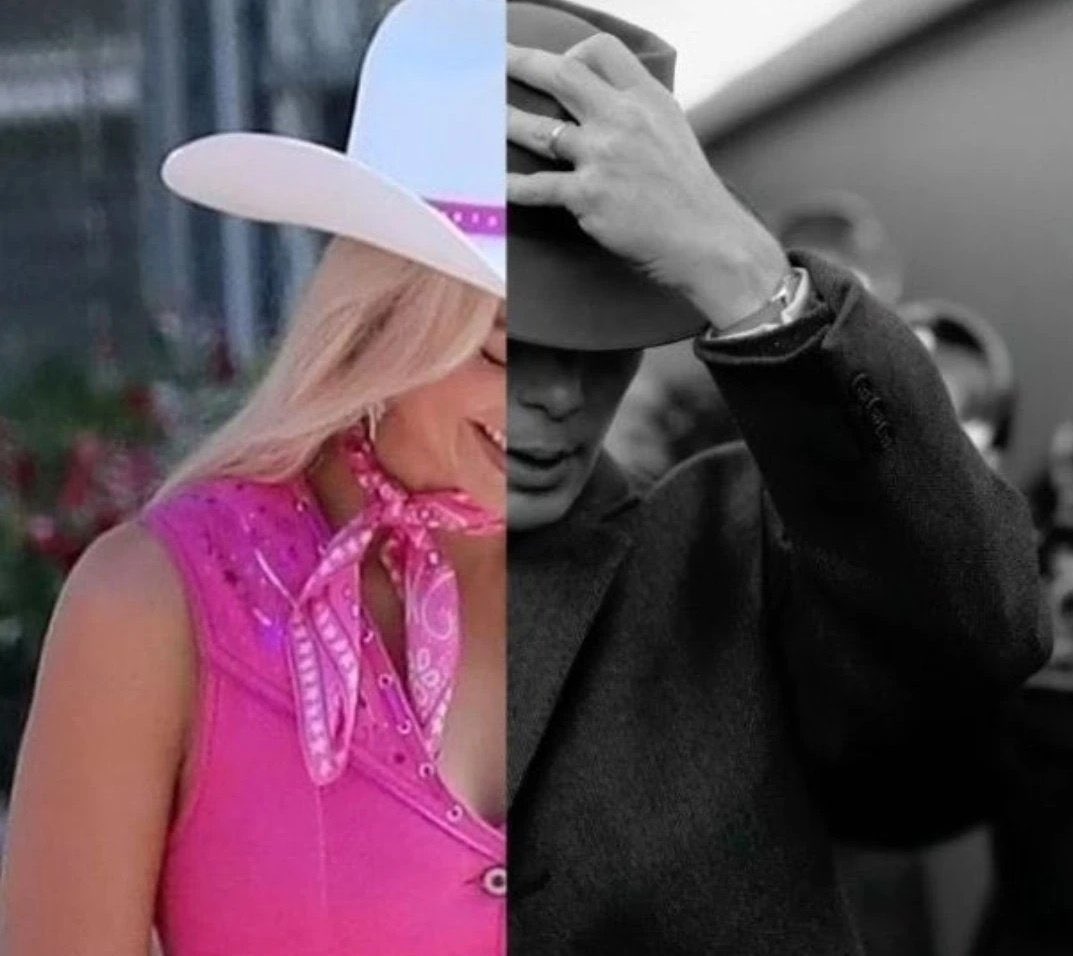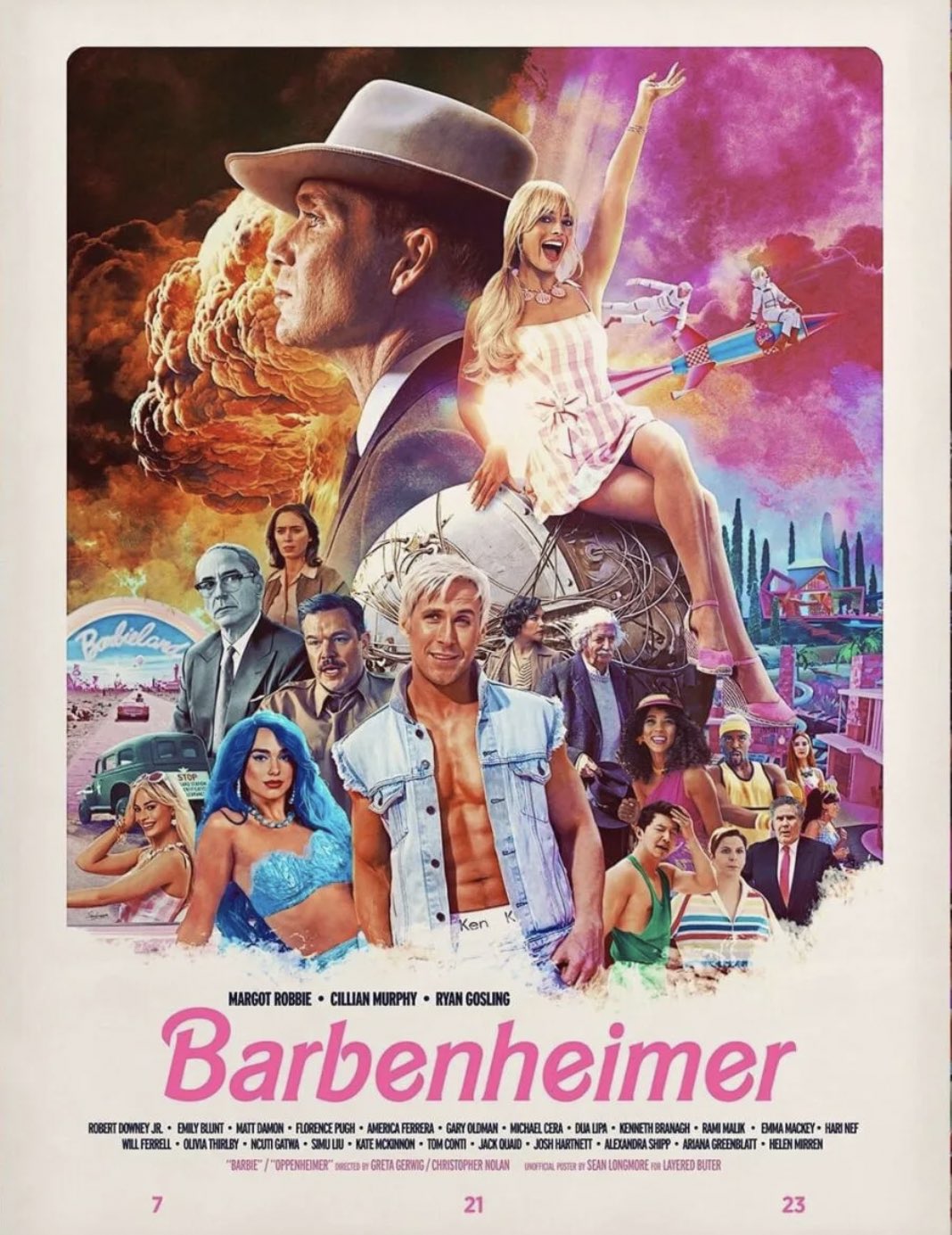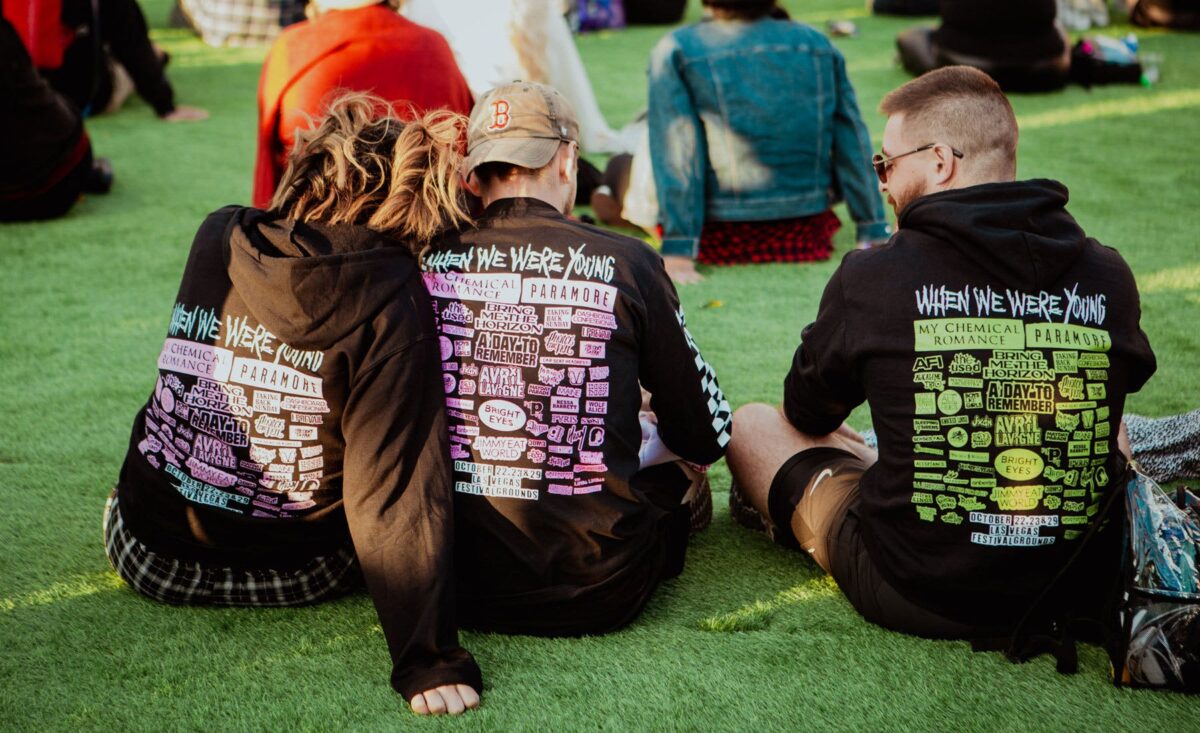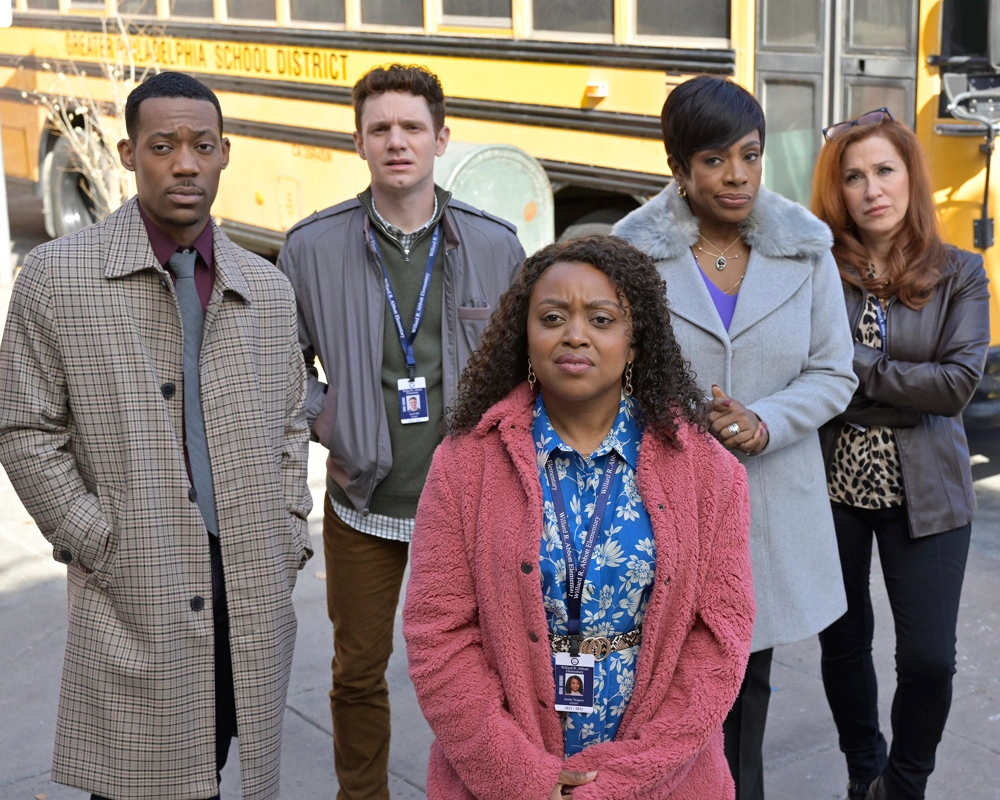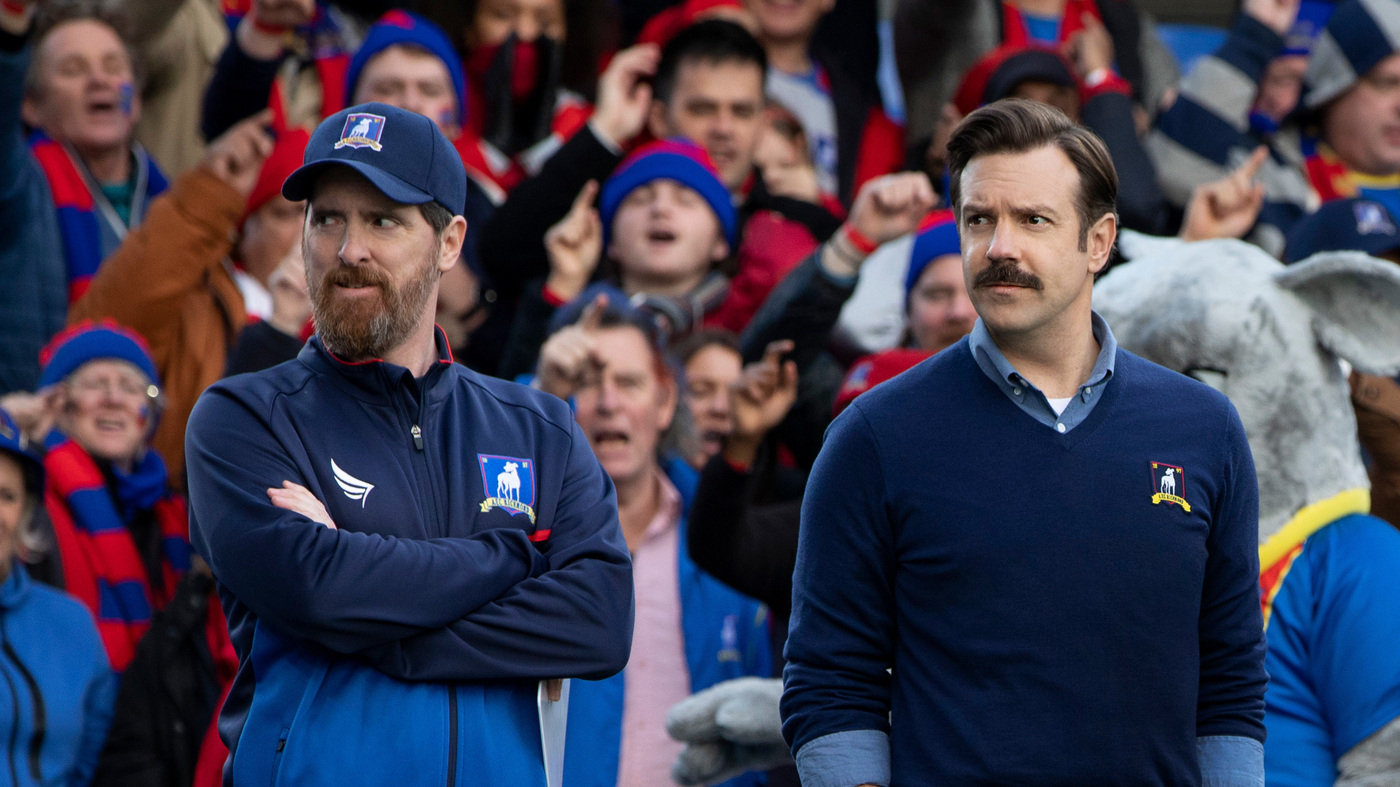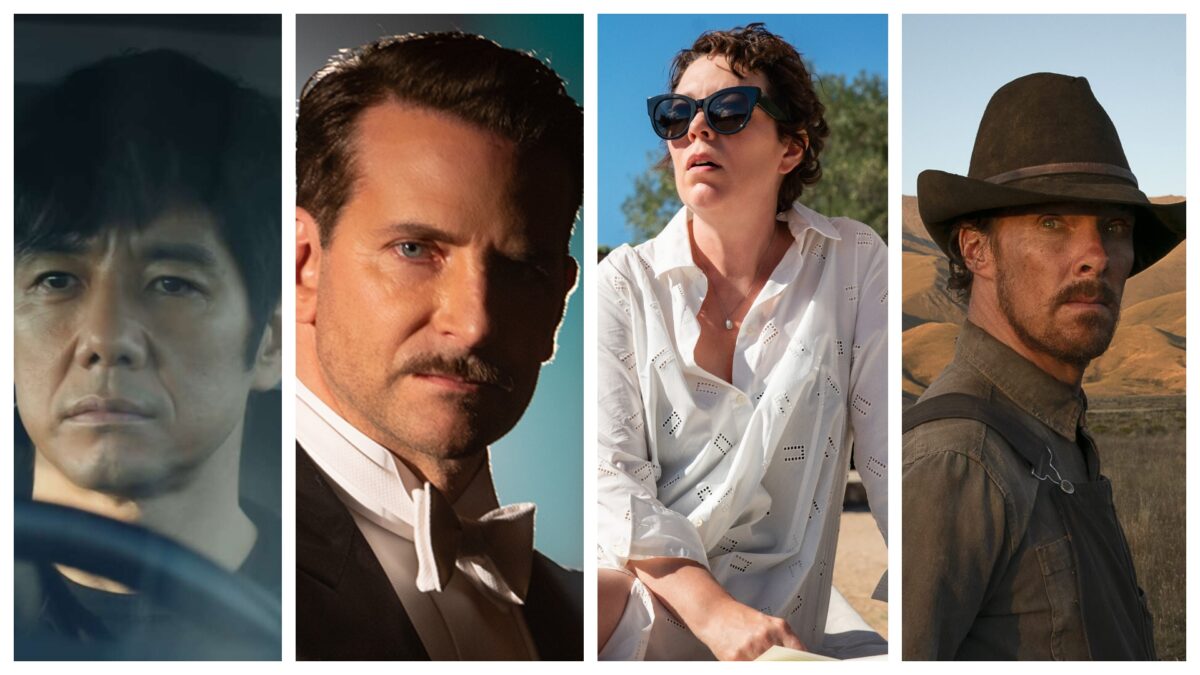High up on the historic intersection of Hollywood and Vine sits the Bardot Hollywood – a one time VIP section attached to the Avalon that hosted the likes of Jerry Lewis, the Ramones, and Frank Sinatra. But not tonight. As I approach the venue, I hear a swath of synths emulating from inside, leading me to just who I’m looking for.
Porij has been on the upswing for the past year now. Just within the past six weeks, the 4-piece Manchester outift has played the BBC6 Music Festival with the Smile, multiple shows at SXSW, and New York’s Baby’s Alright. Just this morning they were featured on KCRW’s Morning Becomes Eclectic, and have even opened for the likes of Coldplay, Wet Leg, and Metronomy. But tonight they play to a crowd of L.A. music enthusiasts, ones that are always on the hunt for bragging rights to be able to say “I was there.”
As I enter soundcheck, I hear them playing their latest single, “Unpredictable,” the first off their debut album, Teething, out now on PIAS Recordings. Co-produced with David Wrench (Frank Ocean, Jamie XX), expertly mixed, precisely arranged, it sounds as if I’d been transported to the Haçienda for a brief moment. And had Porij been around during the days of the infamous club, without a doubt they would’ve been on the bill.
Given they’re a band that’s been touring extensively, Porij shows no signs of lethargy as they meet me in the back bar area. Jacob (guitar), James (bass), Nathan (drums) and the vocalist simply known as Egg, appear as if they have nothing in common from the outside in. As James approaches with a rolled cigarette, I find it evident they’re craving some sun, and suggest we step outside.
As they look down upon Hollywood and Vine, there’s a stark contrast between the view and the Northern English four-piece seeing the United States for the first time. Considering their rising status, and coming hot off of SXSW and their first U.S. tour, my first instinct is to ask how they find our grassroots venues compared to theirs.
“Grassroots venues are equally as important over in the U.K.” Egg takes the lead. “You know Glastonbury festival?” Of course. “They just announced the lineup, and they took out all of the performers who came up through grassroots venues. I think there’s only a handful of names still on that poster. Everyone is coming up through these grassroots venues.”
Along with the U.S., the U.K. also faces a grassroots venue crisis, one that saw about 125 venues shut down in 2023, which has led to fewer grassroots bands forming in the first place.
“If you don’t have them, then you can’t let artists get their legs and figure out how to do the thing before they blow up,” Egg continues. “Also, it’s just a different vibe of performance. It’s so wonderful, I don’t think there’s anything like it. Those intimate, sweaty, small gigs. It’s the most fun.”
“We’re all massive fans of grassroot music venues,” Nathan preaches. “And so it’s a big time. I think we all spent so much time in there. We’ve done a lot of shows in those venues as well. So it’s nice to be able to represent that.”
Whereas most bands start out by casting each other in roles, writing songs, and rehearsing to “hopefully” play a live show, Porij started as the opposite. Instead of having worked together for months or even years, Porij was haphazardly thrown together as a request by a friend of the band who needed their set time filled after dropping out of a lineup. Seeing the opportunity as a tailwind, Egg grabbed three of their schoolmates at Manchester’s Royal Northern College of Music, threw together some songs, and delivered at the show.
Soon enough, they kept being asked back. But whereas many young bands cater to TikTok or Spotify algorithms, Porij tailors their music for performance.
“I think Porij makes sense live,” Egg hypes. “I think it definitely can be enjoyed recorded, that’s a wonderful time. But I think, because we play such an eclectic, kind of blended music, I think we really make sense when you come to a show. And you see it in its whole thing, and you feel it in the moment. I think that’s what people have said a lot… ‘oh yeah I listened to your tunes… and then we came to see the show… wow, okay, we get the vision.’ So definitely always, [we’re] first and foremost a live band.”
This, inevitably, led to radical approaches in recording music.
“It’s kind of like, ‘what can you get away with writing and playing dance music as a band?” Egg proclaims. “When we first started out… we would write a song, and then we’d play it in a rehearsal room, and then we’d record what we could then play in a rehearsal room, and that would be what was on the track. We’ve since got a little bit more…” Egg trails, “…maximalist. Just in terms of layers. I think we’ve got more… Optimistic. I think we’ve allowed ourselves to be a bit more experimental.”
“We were all split across the country,” they continue. “We were living in different places, and so we would send ideas across… like on soundcloud, would add bits – it was like musical ‘pass the parcel.’”
Since their inception, they’ve been labeled the inescapable title of “indie,” shamefully by default, because they have so much more to offer than just that status. Birthed from Manchester, their DNA is inarguably made up of the dance genre, the same thing that’s been in the blood of the Happy Mondays and the Stone Roses.
However, “indie” has always been a varied term in flux. Yes, it may be short for “independent,” but its definition has now transcended what it literally means. It wasn’t until another Mancunian band, The Smiths, were called indie that the term was really assigned a sound. But hailing from their DIY beginnings, and given their support for and from grassroots venues now across two continents, is the term “indie” currently being redefined? And are they an example?
“I mean I don’t really know what our music is when people ask us,” Egg confesses. “Because I think we take so much inspiration from so many different genres of music. I don’t know if our music is ‘indie,’ but it wouldn’t bad if it was. I don’t know if ‘indie’ is taking on a new meaning, but we’ll have a bit of it! We’ll take it.”

ㅤㅤ
“But does the overwhelming feeling of coming out in debt at the end of this tour ever intimidate you? As it has with so many other bands starting out and backed by a label?” I ask.
“Being a musician in this current climate is really hard,” Egg reflects. “I don’t know if you saw James Blake talking about recently that people have been led to believe music is free now. And it’s super hard as a touring musician. It costs SO much money to tour. I don’t think people realize quite how much. We did a run in January of these incredible grassroots venues in the U.K. when we were road testing our album. We sold out every venue and we still made a loss.”
“There was a time when touring was the only way to make money,” Jacob chimes in. “And now that seems to have gone, so it’s like, what are we left with to actually be sustainable?”
Egg follows up, “I mean… it’s our favorite thing to do in the world. I don’t know what I would do if I wasn’t doing music. None of us are in it for the money, otherwise we wouldn’t be doing it!”
“And the opportunity to be in America, it’s wild,” Jacob added.
“I mean we’re incredibly grateful for where we are,” Egg remarks as they raise their arms in a gesture to the Hollywood hills behind them. “This past week and a half has been utterly mind blowing, like life changing stuff. We were sitting in a dive bar last night and our music was on the jukebox! And it’s like, ‘what the hell is happening!’”
But with all the surmounting obstacles young bands face, I dare ask: “Is a life in music still possible?”
“As long as people keep creating music, then a life in music is still possible,” Egg declares. “It’s a tricky environment, but I think music is always going to survive through whatever comes because I think it’s innate. I think humans want to make music. I think that’s never going to change.”
Porij will be playing Get Together 2024 in Sheffield, England on May 18th. Their debut LP, Teething, is out now via PIAS Recordings.
ㅤㅤ
Featured image courtesy of PIAS Recordings
